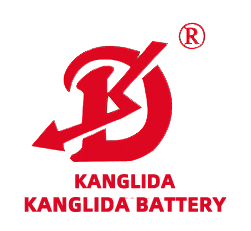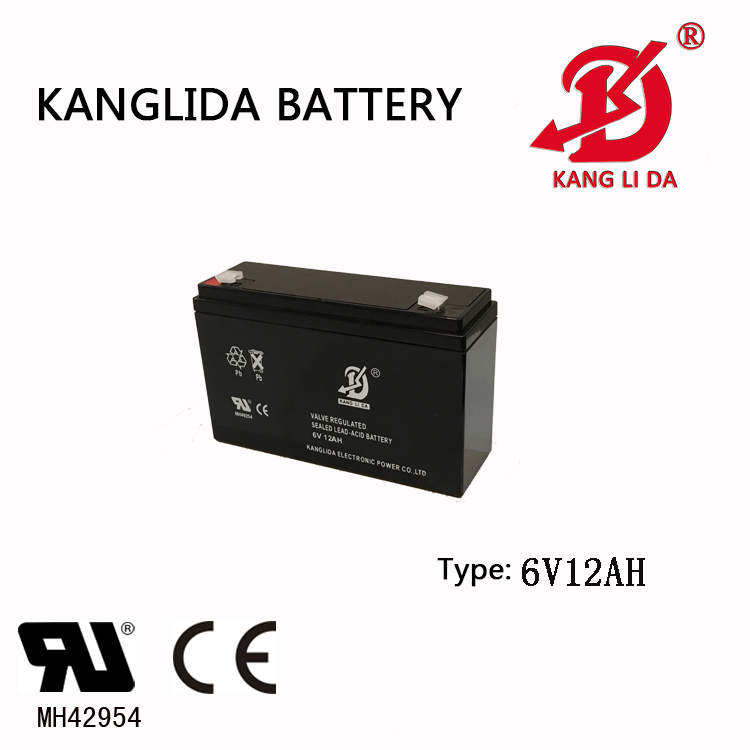Lead-acid battery charging principle
Auther: Pubdate:2019-07-31
The anode (PbO2) and the cathode (Pb) in the lead storage battery are immersed in the electrolyte (dilute sulfuric acid), and 2V of electricity is generated between the two poles. According to the principle of the lead storage battery, the anode and the cathode and the electrolyte will be charged and discharged. The following changes have occurred:
(anode) (electrolyte) (cathode)
PbO2 + 2H2SO4 + Pb ---> PbSO4 + 2H2O + PbSO4 (discharge reaction)
(lead peroxide) (sulfuric acid) (sponge lead)
The valence of Pb in PbO2 is reduced, reduced, and negatively charged; the valence of Pb in spongy lead increases, and positive charge flows.
(anode) (electrolyte) (cathode)
PbSO4 + 2H2O + PbSO4 ---> PbO2 + 2H2SO4 + Pb (Charging reaction) (must be energized)
(lead sulfate) (water) (lead sulfate)
The valence of lead in the first lead sulfate is increased, oxidized, and a positive charge flows into the positive electrode; the valence of lead in the second lead sulfate is lowered, reduced, and a negative charge flows into the negative electrode.
1. Chemical changes in discharge
When the battery is connected to an external circuit, the dilute sulfuric acid reacts with the active material on the anode and anode plates to form a new compound, "lead sulfate." It is released from the electrolyte via the discharge sulfuric acid component, and the longer the discharge, the thinner the sulfuric acid concentration. The consumed component is proportional to the amount of discharge. As long as the concentration of sulfuric acid in the electrolyte is measured, that is, the specific gravity is measured, the amount of discharge or the amount of residual electricity can be known.
2. Chemical changes in charging
Since the lead sulfate produced on the anode plate during charging is decomposed and reduced to sulfuric acid, lead and lead peroxide during charging, the concentration of the electrolyte in the battery gradually increases, that is, the specific gravity of the electrolyte rises, and Gradually returning to the concentration before discharge, this change shows that the active material in the battery has been reduced to a state where it can be re-powered. When the lead sulfate of the two poles is reduced to the original active material, it is equal to the end of charging, and the cathode plate is Hydrogen is produced, and the anode plate generates oxygen. When charging to the final stage, the current is almost always used in the electrolysis of water, so the electrolyte is reduced. In this case, it should be supplemented with pure water.

Zhengzhou Kanglida Electronic Power Co., Ltd. was established in 2000, specializing in the development, production and sales of 2V, 4V, 6V, 12V four series of maintenance-free lead-acid batteries, gel batteries and their electronic chargers. The main products are anti-theft alarm battery, fire alarm lead-acid battery, building intercom storage battery, community intelligent battery, attendance machine 6V battery, elevator leveling system 12V battery, elevator lighting maintenance-free battery, elevator intercom small battery, emergency light Lead-acid battery, children's electric car battery, cartoon gas model 12V battery, electronic scale 4V battery, parking lock battery, strobe light lead-acid maintenance-free battery, yellow flash light storage battery, solar photovoltaic cell, solar street lamp colloid battery, car wash Battery, automatic car battery, electric sprayer lead-acid battery, rotating table battery, rotating light box battery, sweeper battery, washing electromechanical bottle, UPS EPS system backup battery, etc.







